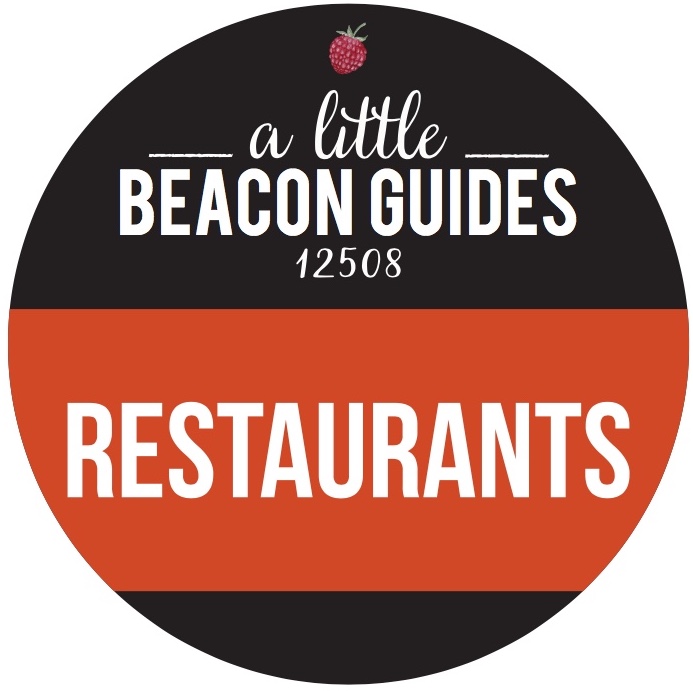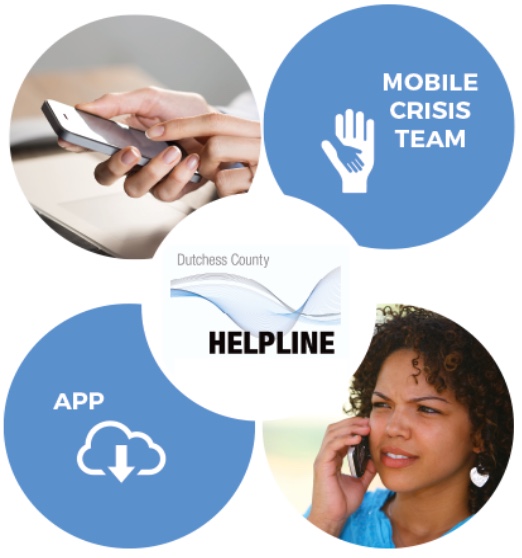City Of Beacon Plans To Prioritize How To Spend The $25K Food Grant Money From CARES ACT
/Picture of pre-packed food prepared by the Beacon City School District Food Services Department. Example of free food distribution happening in Beacon since the pandemic, due to federal funding to all public school districts regardless of proving moderate or low income thresholds.
Photo Credit: Katie Hellmuth Martin
While this Valentine’s Day was an extra heavy one to bear, being that the pandemic continues and there was report of one little friend in an elementary school who did not bring classmates Valentine’s cards because both parents lost their jobs, the safety net for food insecurity showed signs of strengthening in Beacon, while affordable housing in a booming real estate market remains a threat to those looking to stay here.
During Monday’s City Council Meeting, after which the council discussed once again and voted on a years long recurring agenda item of viewsheds (ie what constitutes as a protected view when a developer or property owner is looking to build upon their land), as well as other items, the $25,000 CDBG (Community Development Block Grant) that Beacon was awarded from the CARES ACT via Dutchess County in December 2020, made its debut as a planned talking point for the City Council.
Councilmember Dan Aymar-Blair, who is an advocate for affordable housing and community services, asked the new City Administrator, Chris White, for an update on any progress made to get a study created and funded in order to see what kind of needs the people want for an expanded Recreation Department and possible new public building for activities and services. It was discussed during Budget Season (October-December) that a study on the Recreation Department could range from $25K-$50K. Another study on Digital Broadband access was also considered.
The Unspent $25,000 Food Grant Makes It To City Council’s Attention
Chris White responded by saying: “We are trying to work through all of the budget initiatives that you put into the 2021 budget, for now we had prioritized the Mental Health Worker, and we are then trying to do the Food Program. Mark Price from our Recreation Department is trying to figure out a mechanism for doing that, and for meeting the CBDG guidelines. I’ve talked to Mark about doing the Recreation Plan next, and both that and the Broadband study I think should come back to Workshop so that we can get our goals and what you envisioned there…I do want to get the Food Program off the ground first.”
Pictured here is City Administrator Chris White, and below him, Councilperson Dan Aymar-Blair.
Photo Credit: Screenshot of City of Beacon council 2/16/2021 meeting.
Dan said that he had forgotten about the grant, and applauded Chris for taking it. Chris added: “We [Chris and Mark] were trying to think ‘What can we do, and what makes a difference?’”
How Food Access Is Working Elsewhere In Beacon; Elevated Systems With Lower Red Tape Since The Pandemic Started
The Community of Beacon and the Beacon City School District have been pulling together to provide free food to people as easily as possible. For example, the Beacon City School District designed a system to deliver pre-prepped or made cafeteria food via their Remote Bus Delivery to any registered child in the District.
When that federally funded food service was started, it was pick-up only. Many families did not go to pick up, as they were working at home on digital meetings, or weren’t home. Community members volunteered to pick up for each other. Some families who were scarce in emergency savings felt like they didn’t deserve the food and didn’t want to take from others who needed it more, yet they themselves had lost their jobs. Delivery made a difference for food reaching people.
Groups such as Fareground, Beacon’s Salvation Army by way of Captain Leilani Rodríguez-Alarcón who used to actually cook and deliver food to children years ago when Beacon lost qualification for its Free Summer Meals Program, I Am Beacon (see their Thanksgiving story) and others have been working together to continue to circulate food to the community.
Bureaucracy In Free Food Distribution with Federal Or Local Requirements
Back in December 2020 when this grant was awarded, A Little Beacon Blog followed up with Mark to inquire as to any movement on the spending of the grant. At the time, he spoke of a time consumption of organizing the required income survey.
“Of the groups in Beacon who work in food security, everyone would need to give assurance. They would each need to do an income survey.” When asked by A Little Beacon Blog if this grant’s required documentation of proof of need made it difficult to spend, Chris expanded: “Grant funds are to be utilized for low to medium income families, like all CDBG funding. There is no proof of need that has to be validated. We will have to administer a income survey to insure the appropriate population is being served.”
While this may not account for families newly unemployed or economically stressed who would otherwise not fall into the low to medium income bracket on paper yet, Mark and Chris hope to use the existing food distribution point on Wednesdays at Memorial Park to collect information before the funds can be distributed. Said Chris to A Little Beacon Blog: “We plan to focus the funds on expanding food provided at the Wednesday food distributions so that we can simplify implementing the necessary income survey.”
A Little Beacon Blog reached out to Fareground to see if they had been approached about assisting in this grant. While they had not directly, co-founder Kara Dean-Assael, DSW said that their members do participate on regular calls with other food groups. Kara also provided guidance on how to implement a survey, stating:
“Our recommendation is to not make our community members 'prove that they are in need of food. The scarcity mentality or the thinking that people may take advantage is not something we want to support. However, i do understand that bureaucratic processes often require 'evidence' and so if it's truly required, we recommend these 2 questions which have been proven to indicate food insecurity:
To easily assess for FI, Hager et al. (2010) recommend the use of a 2-item screen that utilizes questions 1 and 2 of the Household Food Security Scale (HFSS), asking:
“Within the past 12 months, we worried whether our food would run out before we got money to buy more” and
“Within the past 12 months the food we bought just didn’t last and we didn’t have money to get more.”
Kara continued: “Of late, this screen is used more often than the lengthy HFSS to assess FI risk (Garcia-Silva, Handler, & Wolfe, 2017; Helton, Cross, Vaughn, & Gochez-Kerr, 2018; Makelarski, Thorngren, & Lindau, 2015).”
Mark confirmed earlier that the Wednesday distribution at the Memorial Park location serves 150-200 cars per week, with the 9:30am Beacon Recreation Center distribution serving 75 families. Distribution lasts until the food runs out, which is early.
How does Mark envision the funding being used? “I would like to see it utilized to supplement and enhance the work already in place.” In terms of boots-on-the-ground knowledge of how people are needing the food, and best ways of getting it to them, Chris confirmed: “Mark participates in a bimonthly call with lots of the folks doing the work here in Beacon.”








































